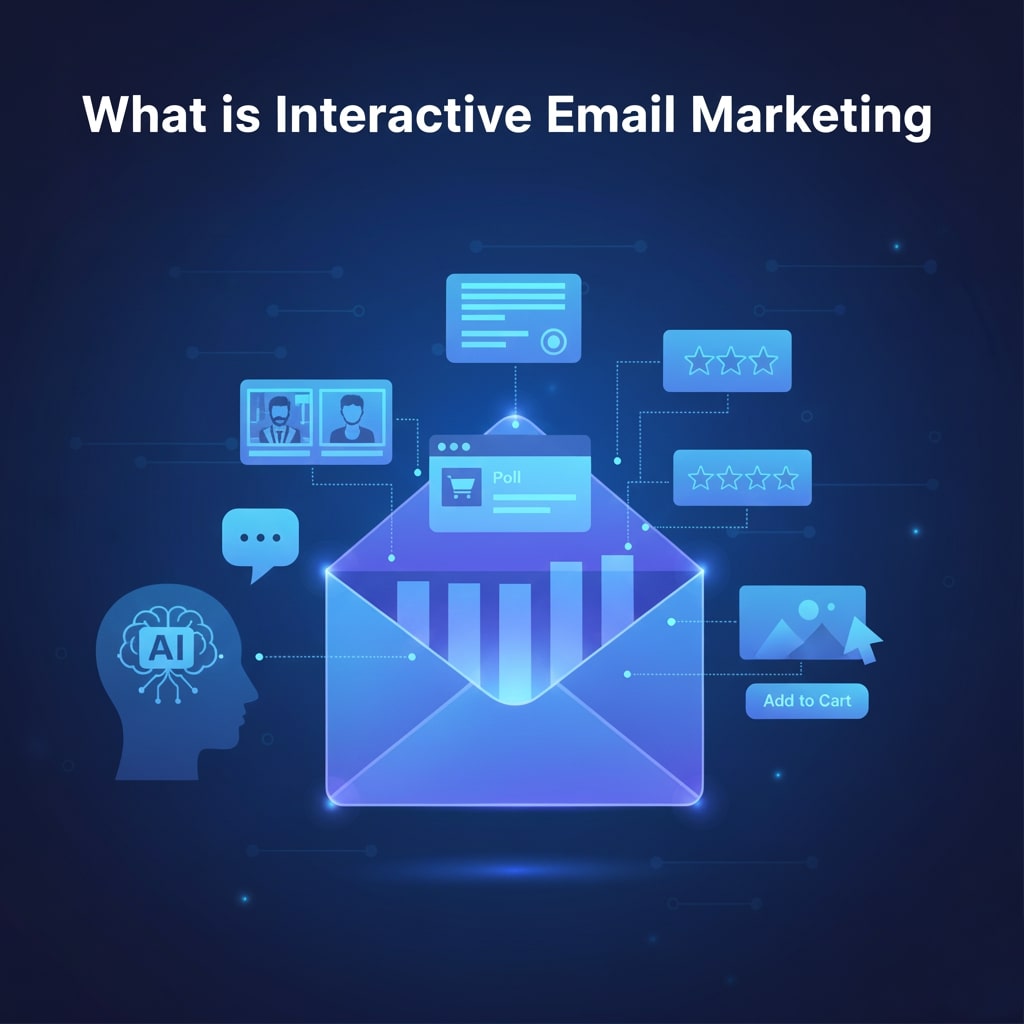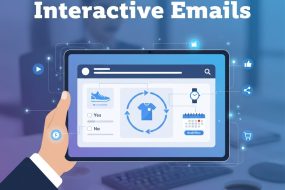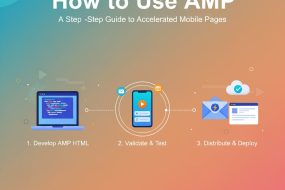
In the ever-evolving world of email marketing, standing out in a crowded inbox is more challenging than ever. Traditional static emails can easily be ignored or deleted, but interactive email marketing offers a dynamic way to captivate your audience and drive engagement. By embedding interactive elements directly within your emails, you give subscribers an immersive experience that encourages clicks, feedback, and conversions without forcing them to leave their inbox. In this comprehensive guide, we explore what interactive email marketing is, why it matters, which elements to use, and how to implement best practices to supercharge your campaigns.
What is Interactive Email Marketing?

Interactive email marketing refers to the inclusion of engaging, clickable components within an email that allow recipients to take actions—such as answering polls, scrolling through image carousels, filling out forms, or clicking interactive buttons—without leaving their email client. Unlike plain-text or image-based messages, interactive emails use HTML5, CSS animations, and AMP (Accelerated Mobile Pages) technology to deliver a richer, app-like experience inside the inbox.
Rather than directing users to external landing pages, interactive elements keep subscribers engaged within the email itself, reducing friction and making it easier for them to respond immediately. These elements can range from simple GIF animations to advanced content such as product configurators or countdown timers. The result is higher click-through rates, improved user experience, and better-qualified leads.
Why Interactive Emails Matter
Interactive emails offer several benefits over traditional static messages. Here are some of the primary advantages:
- Increased Engagement: Interactive components invite subscribers to click, tap, or swipe directly within the email, boosting click-through rates and time spent with your message.
- Higher Conversion Rates: By reducing the number of steps needed to take action, interactive emails can lead to faster decisions and more sales.
- Enhanced User Experience: Interactive elements make emails feel like mini-applications, offering a novel, memorable interaction that differentiates your brand.
- Valuable Insights: Polls, surveys, and quizzes provide direct feedback from subscribers, helping you refine your messaging and product offerings.
- Reduced Bounce Rate: Engaging content keeps subscribers from deleting your message right away, improving overall deliverability metrics.
Types of Interactive Elements
There is a wide range of interactive elements you can incorporate into your emails. The right choice depends on your goals, target audience, and email platform capabilities. Here are some of the most popular options:
- Image Carousels: Allow users to swipe or click through multiple images, perfect for showcasing product variations or featured items.
- Accordions and Toggles: Enable readers to expand or collapse content sections, making long emails more scannable and interactive.
- Surveys and Polls: Embed simple multiple-choice questions directly in your email to collect opinions or preferences.
- Countdown Timers: Create urgency for limited-time offers by displaying a live countdown clock that updates in real time.
- Add-to-Calendar Buttons: Let recipients save webinar or event dates to their personal calendars with one click.
- Interactive Forms and Quizzes: Gather detailed responses or qualify leads without redirecting users away from the email.
- Hover Effects and Animations: Use subtle CSS animations to highlight buttons, links, or images as subscribers move their cursor over them.
Best Practices for Interactive Email Marketing
Successfully implementing interactive emails requires careful planning and testing. Follow these best practices to maximize performance and avoid common pitfalls:
- Prioritize Mobile Responsiveness: Over half of all emails are opened on mobile devices. Ensure your interactive elements adapt smoothly to different screen sizes and touch gestures.
- Maintain Accessibility: Provide alt text for images and fallbacks for email clients that don’t support certain interactive features. Always include a plain-text version to guarantee readability.
- Test Across Clients: Interactive emails rely on advanced coding techniques that may not be supported everywhere. Use tools like Litmus or Email on Acid to preview your emails in a variety of clients and devices.
- Keep It Simple: Don’t overwhelm subscribers with too many interactive widgets. Focus on one or two high-impact elements per email to maintain clarity and avoid distractions.
- Optimize Load Time: Heavy animations or large images can slow down rendering. Compress assets and use lightweight code to ensure quick load times.
- Measure and Iterate: Track engagement metrics—such as clicks on interactive elements, survey responses, and conversions—and refine your design and copy accordingly.
Top Tools and Platforms for Interactive Emails
Several email marketing platforms and third-party tools make it easier to build and deploy interactive emails. Here are some of the leading options:
- Mailchimp – Offers basic interactive widgets like countdown timers and surveys in its Campaign Builder.
- Campaign Monitor – Provides an email builder with drag-and-drop interactive modules and real-time previews.
- Litmus PutsMail – A testing tool to ensure your interactive code works across email clients.
- BeeFree – A third-party editor that supports AMP email creation for advanced interactivity.
- Zembula – Specializes in smart promotions like scratch-and-reveal and countdown timers that update live.
Measuring Success and Key Metrics
To gauge the effectiveness of your interactive email campaigns, monitor these critical metrics:
- Click-Through Rate (CTR): Tracks how many subscribers clicked on interactive elements versus total opens.
- Engagement Time: Measures how long recipients spend interacting with your email content.
- Conversion Rate: Calculates the percentage of recipients who completed a desired action (purchase, signup) directly from the email.
- Response Rate (Surveys/Polls): Indicates how many subscribers provided feedback through embedded forms or polls.
- Bounce and Deliverability Rates: Ensures that advanced HTML or AMP code isn’t triggering spam filters or rendering failures.
Future Trends in Interactive Email Marketing

The capabilities of interactive emails continue to expand as technology evolves. Keep an eye on these emerging trends to stay ahead of the curve:
- Personalized Dynamic Content: AI-powered tools will deliver content tailored to individual behavior and preferences directly in the email body.
- Embedded eCommerce: Shoppable emails with in-email checkout will streamline the purchase process, reducing cart abandonment.
- Advanced AMP Features: As more clients support AMP, expect sophisticated forms, interactive maps, and real-time data updates within emails.
- AR/VR Previews: Augmented reality previews of products could let users virtually try on items or view 3D models directly in their inbox.
Conclusion
Interactive email marketing represents the next frontier in digital engagement, offering brands the opportunity to deliver memorable, action-driven experiences without relying on external landing pages. By carefully selecting the right interactive elements, adhering to best practices, and leveraging the latest tools and metrics, you can create high-impact campaigns that resonate with your audience and drive real results. Start small with a countdown timer or survey, measure your performance, and gradually incorporate more advanced features to keep your email strategy fresh and effective. Embrace interactivity today to stand out in the inbox and build stronger connections with your subscribers.


















No Comments